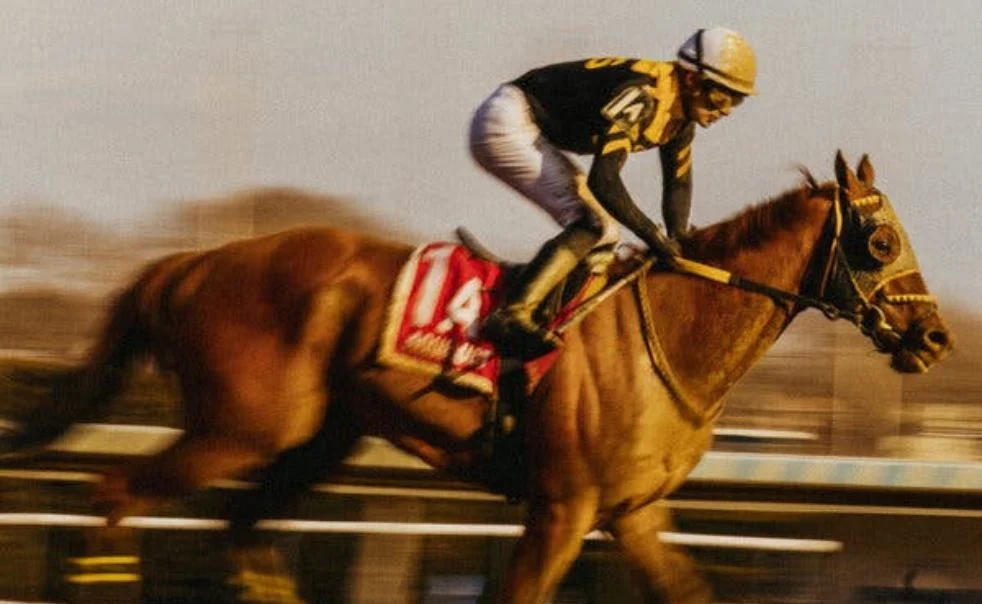Dead Athletes and Empty Stands at Yonkers Raceway

Elle
Apr 15th 2025
Likes
Share:
The gates at Yonkers Raceway swing open. With a pounding of hooves upon the ground, horses drag small carts behind them and spin on two wheels. Brightly colored silks adorn their drivers, urging the horses forward as they bask in the glory of speed. In the past, this scene would have drawn roaring crowds and filled grandstands. Today, it’s met with near silence.
Attendance at Yonkers Raceway, once a cornerstone of New York’s landscape, has dropped to a trickle. On this particular July afternoon, only a handful of spectators sit scattered across aging orange seats. The sound of hooves is louder than the crowd.
The horse racing decline, the money hasn’t dried up. The horse racing industry still receives substantial state funding—most of it tied to state funding revenue.
Horse racing was once the most popular form of legal betting in New York. For decades, harness racing, in which horses pull drivers in carts called sulkies, held a firm grip on gamblers. But times have changed. New forms of entertainment, online gambling, and a shift in public interest have left tracks like Yonkers Raceway struggling to remain relevant.
Even so, prize money remains high. Joe Faraldo, president of the Standardbred Owners Association of New York, says the payouts are enough to attract wealthy investors. For those who own the horses, it’s still a profitable operation.
That may come as a surprise considering the visibly low turnout and shrinking betting pools. The explanation lies in a 2001 deal that gave the horse racing industry access to casino revenue.
When New York authorized slot machines at racetracks more than two decades ago, racing advocates negotiated for a percentage of the revenue. The agreement guaranteed consistent state funding to support race purses and breeding programs.
At Yonkers Raceway, the adjacent casino generated roughly $600 million last fiscal year. Around $60 million of that went to the racing industry. That money covered prize payouts, breeder support, and even administrative expenses for organizations like Faraldo’s.
In Maryland, the state also stepped in to purchase the aging Pimlico Race Course and committed up to $400 million to upgrade the property.
State funding is crucial for horse racing decline, enabling breeders, trainers, farmers, veterinarians, and feed suppliers to keep the thousands of rural jobs. Nonetheless, the industry is faced with difficulties such as loss of revenues and increased subsidies. For instance, Kansas has shut down all horse racing tracks since 2008 because of diminishing revenue. Like Kansas, New York’s figures show that almost $3 billion has been given by the state as subsidies with no considerable returns on investment, leading to debates regarding the industry’s financial viability. Hence, there is a need for a balanced approach to state funding that can support the industry while providing answers to questions on financial sustainability.
Elisabeth Jensen, a former executive at the Kentucky Equine Education Project Foundation, says the industry would barely exist without these subsidies. “We would have a few days of racing at Churchill Downs,” she said. “And that would be about it.”
Supporters also argue that horse racing is not alone in receiving public funds. Many sports and entertainment ventures benefit from similar arrangements, including tax breaks and subsidies for stadium construction or event hosting.
Still, the contrast between the money being spent and the lack of public interest is hard to ignore. Yonkers Raceway, like many tracks across the country, operates on a quiet loop—races run regularly, horses perform as expected, and payouts are issued. But the people who once filled the stands are gone.
The broader question now facing states is whether it makes sense to keep paying for a sport that few attend and even fewer follow. With so many public needs competing for limited resources, horse racing’s future may depend less on tradition and more on whether legislators see continued value in the current arrangement.
For now, the horses keep running. The tracks remain open. But beyond the fading cheers and scattered bets, the cost of maintaining this industry continues to climb—with little indication that the public is still watching.
